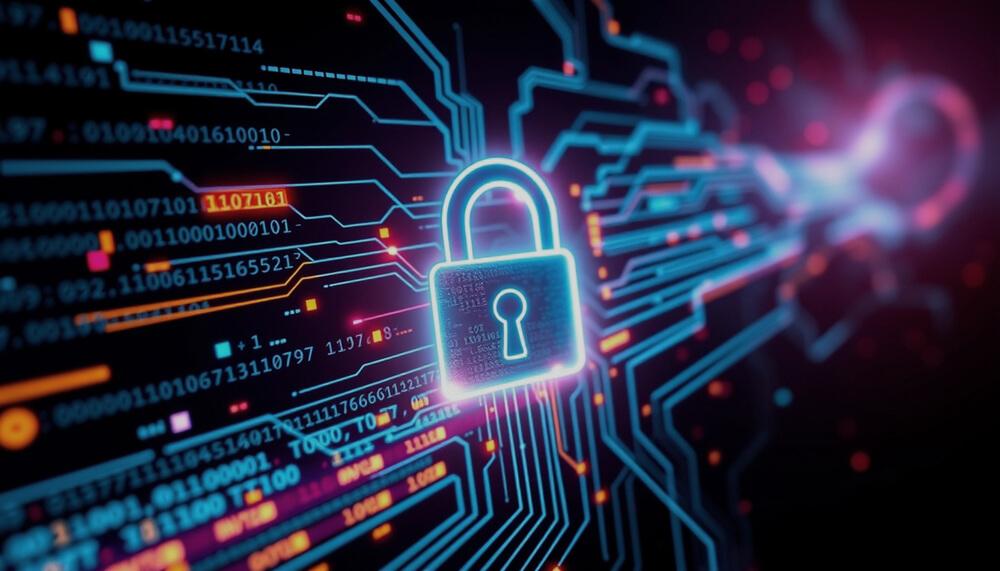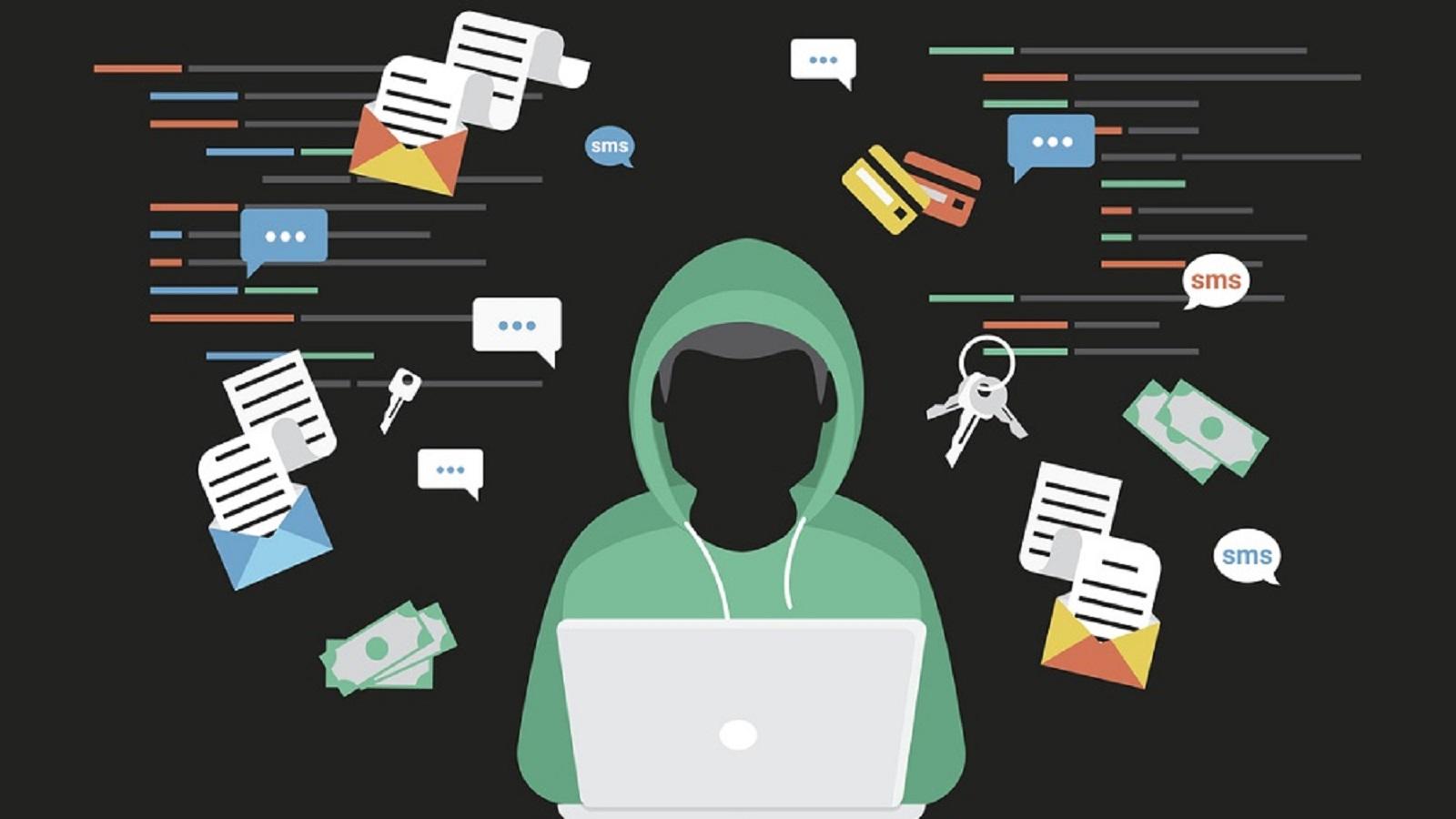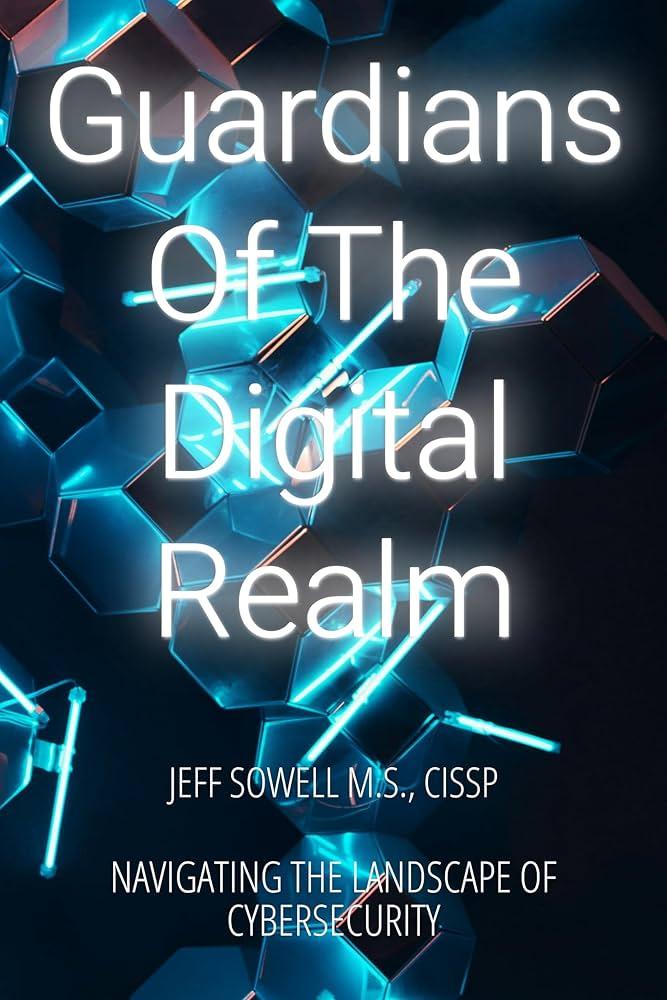In an age where the digital ecosystem intertwines seamlessly with everyday life, the role of cybersecurity has evolved from an obscure niche to a cornerstone of modern existence. As we navigate this expansive virtual landscape, the guardians of our digital realm-cybersecurity professionals, tools, and practices-stand vigilant against an ever-growing array of threats. From the rise of sophisticated ransomware attacks that can paralyze entire organizations to the subtle phishing attempts that exploit human curiosity, the challenges are as diverse as they are daunting. In “Guardians of the Digital Realm: Cybersecurity Essentials Unveiled,” we will explore the fundamental principles of cyber hygiene, delve into cutting-edge defense strategies, and arm ourselves with knowledge to safeguard our digital identities. Join us on this journey to uncover the essential practices that empower individuals and organizations alike to thrive in an increasingly complex threat landscape.
Understanding Cyber Threats and Their Evolving Nature
In today’s interconnected landscape, understanding the multifaceted nature of cyber threats is paramount for safeguarding digital assets. As technology evolves, so do the tactics employed by cyber adversaries, leading to increasingly sophisticated attacks. Organizations must remain vigilant against threats like ransomware, phishing, and insider risks, which can undermine trust and compromise sensitive data. The following factors contribute to the dynamic threat environment:
- Increasing Automation: Attackers use automated tools to execute large-scale attacks.
- Diversity of Devices: The rise of IoT increases points of vulnerability.
- Global Collaboration: Threats transcend borders, necessitating international cooperation.
Moreover, organizations must adopt a proactive approach to address these evolving dangers. Establishing a culture of cyber resilience goes beyond mere defense, incorporating a mindset that allows for quick recovery and adaptation in the face of disruption. To effectively combat emerging threats, businesses should focus on continuous education, threat intelligence sharing, and the implementation of layered security measures. An essential part of this strategy is to assess current security postures and remain agile in response to the following key trends:
| Trend | Description |
|---|---|
| AI and Machine Learning | Leveraging technology to predict and mitigate threats. |
| Cloud Security | Protecting data in increasingly popular cloud infrastructures. |
| Regulatory Compliance | Adapting to new regulations regarding data protection. |

Best Practices for Strengthening Personal and Organizational Defense
In an increasingly interconnected world, adopting robust cybersecurity practices is essential for safeguarding both personal and organizational assets. Start by implementing strong password policies that require unique, complex passwords for different accounts. Encourage the use of multifactor authentication (MFA) to add an extra layer of security. Regularly update software and systems to ensure vulnerabilities are patched, and educate all users about the significance of recognizing phishing attempts and social engineering tactics.
Furthermore, it’s vital to maintain comprehensive data backup strategies. Ensure that backups are conducted regularly and stored securely, both onsite and offsite. A clear incident response plan should also be established, outlining roles and responsibilities in the case of a breach. Conducting periodic security training sessions can fortify the overall defense posture, empowering employees to stay vigilant and proactive against potential threats. Ultimately, creating a culture of cybersecurity awareness can significantly mitigate risks.
Top Tools and Technologies Every Digital Guardian Should Know
In the ever-evolving landscape of cybersecurity, equipping oneself with the right tools is crucial for any digital guardian. Some of the most essential technologies include:
- Firewalls: Acting as the first line of defense, they monitor outgoing and incoming traffic to block unauthorized access.
- Antivirus Software: A must-have to detect and eliminate malware threats on devices.
- Intrusion Detection Systems (IDS): These systems keep an eye on network traffic and alert users to potential breaches in real time.
- Encryption Tools: Safeguarding sensitive information via encryption ensures that only authorized users can access data.
Additionally, knowledge of cybersecurity frameworks can greatly enhance a guardian’s effectiveness. Familiarity with frameworks like NIST or ISO 27001 provides a structured approach to managing security protocols. Consider integrating these tools into your cybersecurity strategy:
| Tool | Purpose |
|---|---|
| SIEM Systems | Aggregate and analyze security data across networks. |
| VPNs | Secure remote access and protect user anonymity. |
| Patch Management Tools | Keep software up to date to mitigate vulnerabilities. |
Fostering a Cybersecurity Culture: Training and Awareness Strategies
Establishing a strong cybersecurity culture within an organization is essential for protecting sensitive information. To achieve this, regular training sessions and awareness campaigns can play a pivotal role. Interactive workshops encourage participation, allowing employees to engage with real-world scenarios that illustrate potential threats. E-learning modules can also be utilized to cater to diverse learning styles, ensuring that every team member understands the importance of cybersecurity. Additionally, organizations should foster an environment where discussions around cybersecurity are common, making it a regular part of meetings and communications, reinforcing its significance at all levels.
To enhance the effectiveness of these initiatives, consider implementing gamification elements in your training programs. This approach not only increases engagement but also promotes friendly competition, making the learning process enjoyable. Integrating regular feedback loops will help tailor ongoing training efforts to meet the evolving needs of the organization. Here’s a simple table to illustrate potential training strategies:
| Strategy | Description |
|---|---|
| Workshops | Interactive sessions addressing real-world cybersecurity scenarios. |
| E-learning | Online modules tailored to various learning preferences. |
| Gamification | Incorporating game elements to make training engaging. |
| Feedback Loops | Regular assessments to refine training approaches. |
Wrapping Up
As we conclude our exploration of “Guardians of the Digital Realm: Cybersecurity Essentials Unveiled,” it’s clear that safeguarding our digital landscapes rests on the shoulders of informed and vigilant individuals. The role of cybersecurity extends beyond technical barriers; it hinges on cultivating a culture of security awareness, as organizations recognize that their workforce is both their frontline defense and their greatest vulnerability. By investing in training and embracing innovative strategies, we can empower individuals to be proactive guardians, ready to respond and adapt to ever-evolving threats. As we navigate this dynamic digital age, let us remain committed to fortifying our defenses and fostering resilience, ensuring that together we protect the invaluable assets of our interconnected world.









